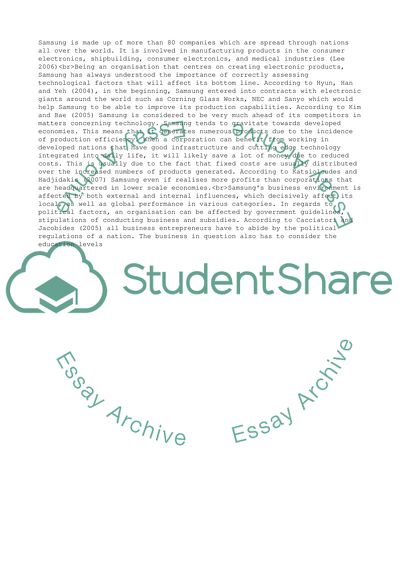Cite this document
(Samsung company Assignment Example | Topics and Well Written Essays - 2000 words, n.d.)
Samsung company Assignment Example | Topics and Well Written Essays - 2000 words. https://studentshare.org/business/1822113-samsung-company
Samsung company Assignment Example | Topics and Well Written Essays - 2000 words. https://studentshare.org/business/1822113-samsung-company
(Samsung Company Assignment Example | Topics and Well Written Essays - 2000 Words)
Samsung Company Assignment Example | Topics and Well Written Essays - 2000 Words. https://studentshare.org/business/1822113-samsung-company.
Samsung Company Assignment Example | Topics and Well Written Essays - 2000 Words. https://studentshare.org/business/1822113-samsung-company.
“Samsung Company Assignment Example | Topics and Well Written Essays - 2000 Words”. https://studentshare.org/business/1822113-samsung-company.


